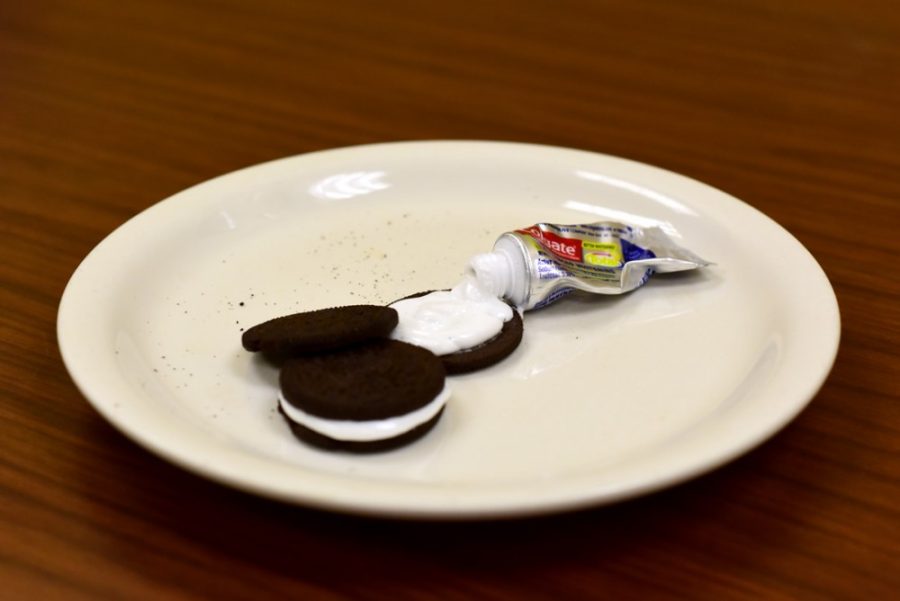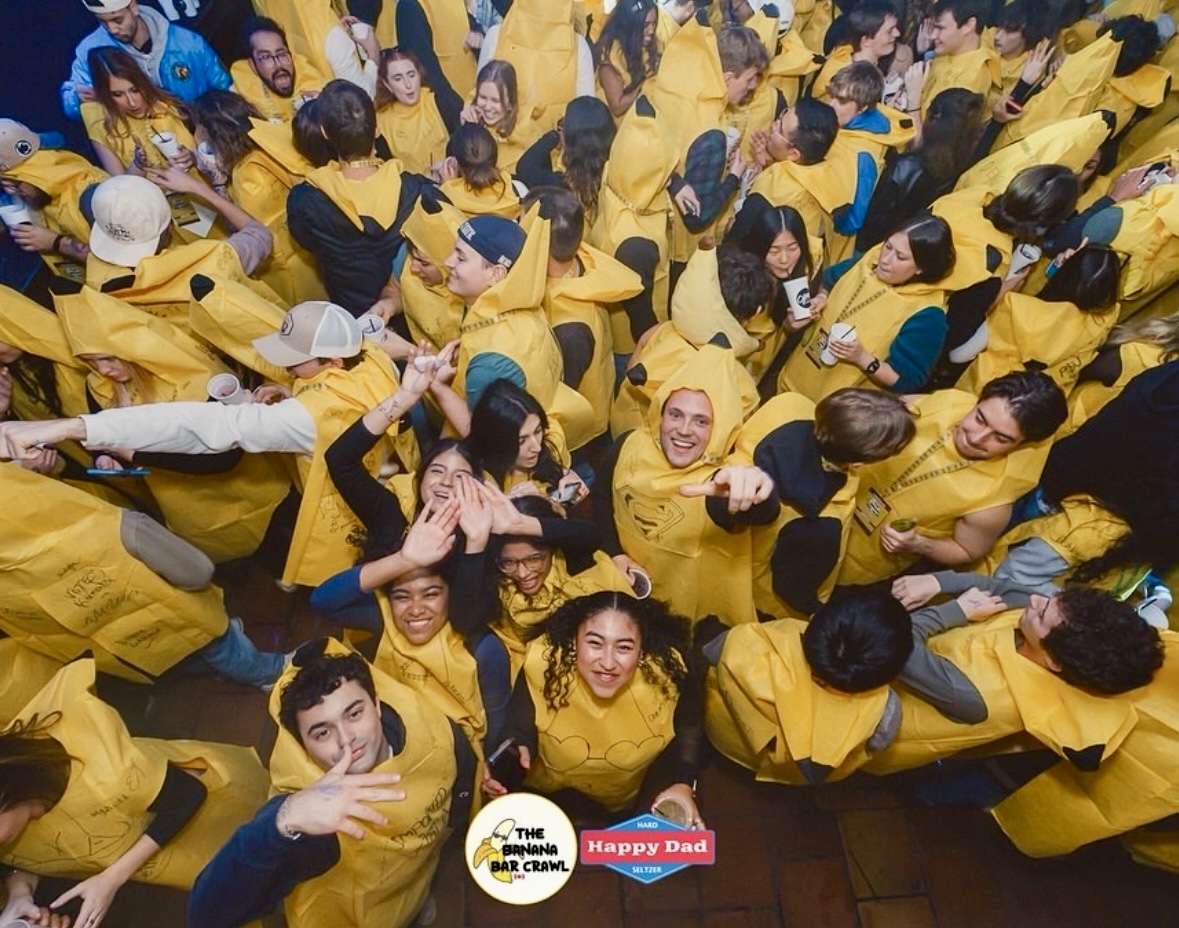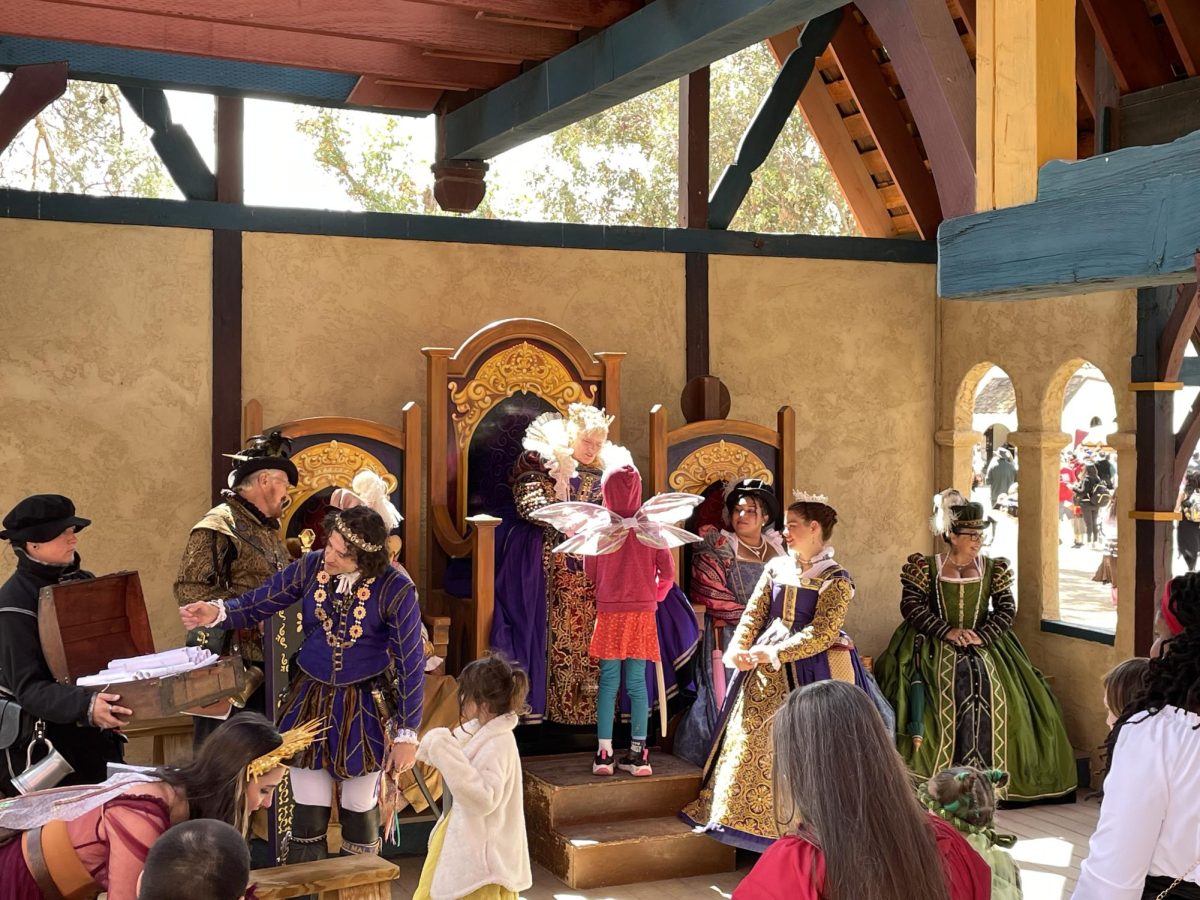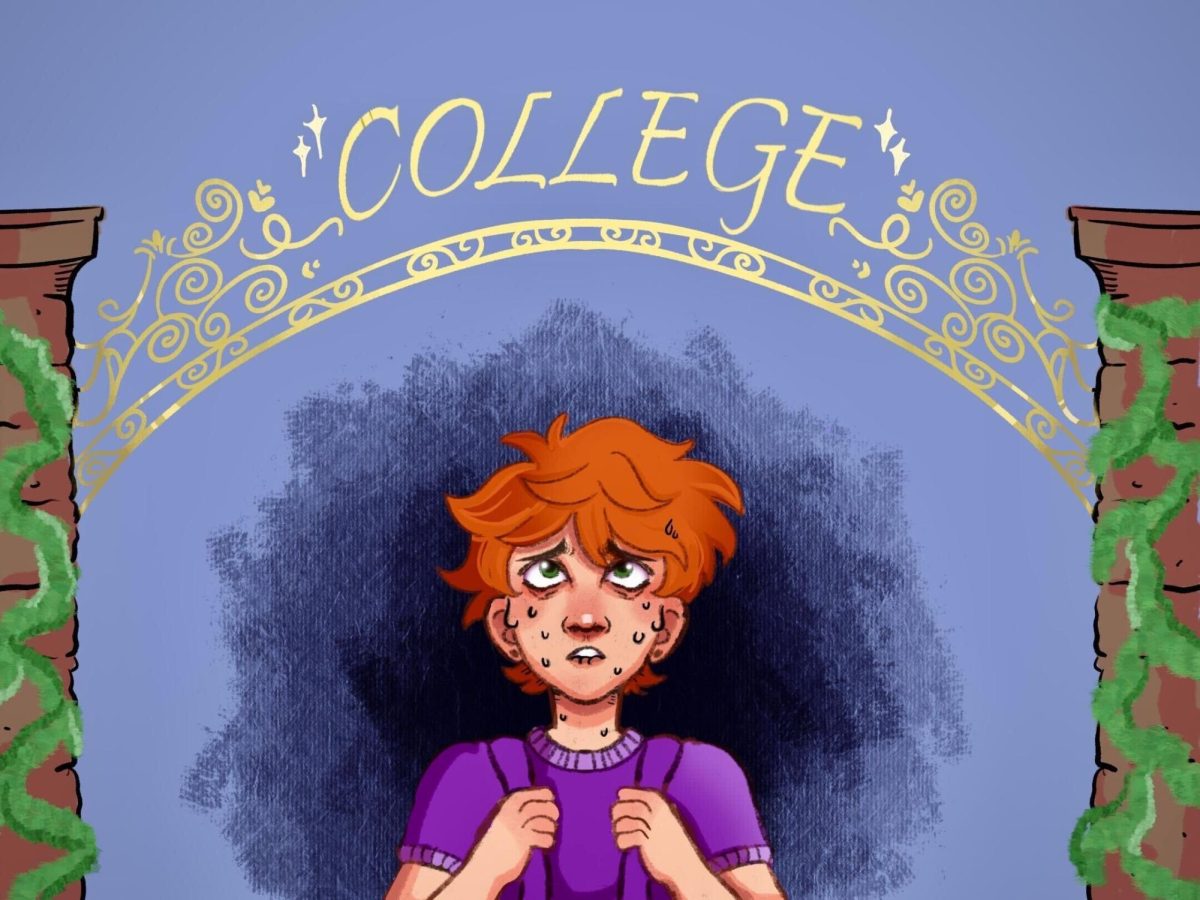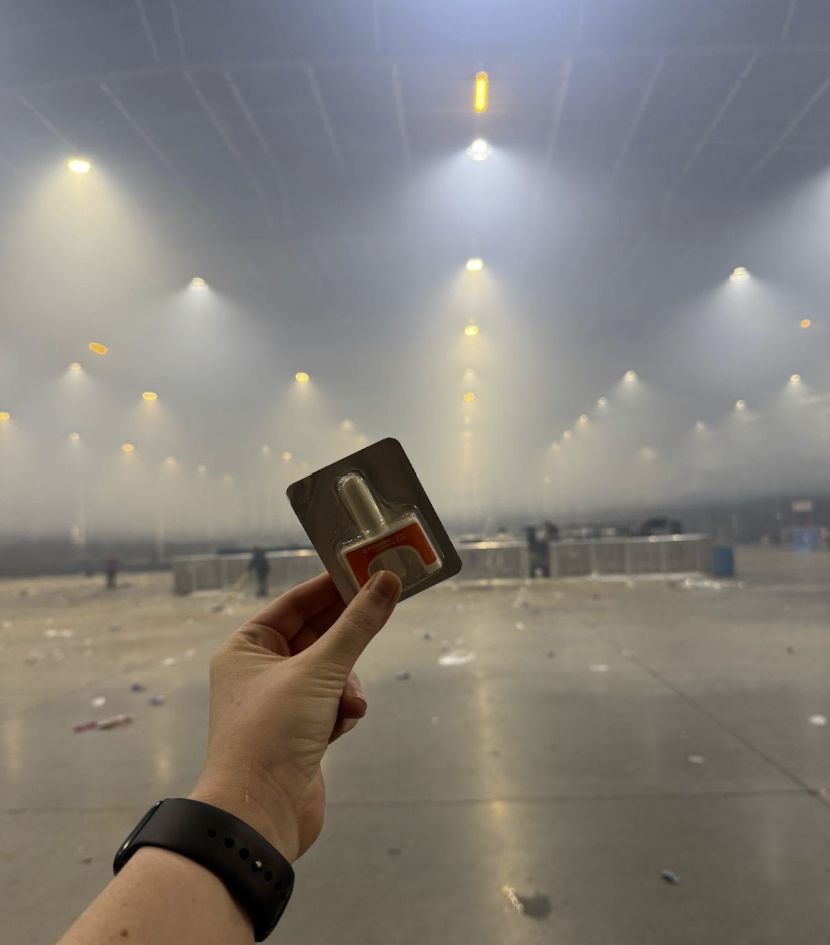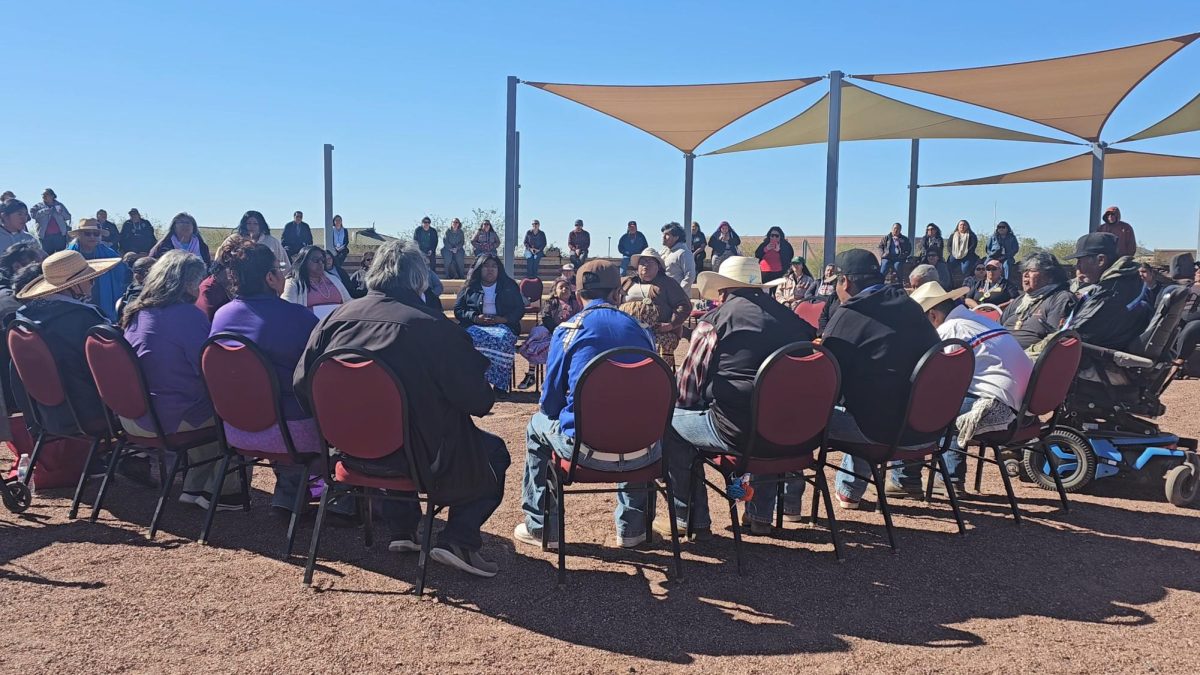Foolishly wasting centuries of research in vain attempt to determine the time and context of April 1, historians have only succeeded in reiterating today is a day of laughs or a day for paranoia.
UA students might already have awoken to the sound of an air horn duct taped to the back of their door, googly eyes glued to items in their mini-fridges or even unpleasant edible surprises.
“Freshman year, this one girl tricked me with three different things,” said Lorenzo Fusaro, a computer science junior, “and then she came to apologize to me later, saying she felt bad and gave me an Oreo that was filled with toothpaste.”
Without plans of her own, Lauren Martin, a physiology junior, knows of student pranks in the planning stages, such as “minor ones like taping toilet paper so someone can’t use it.”
Arizona pranks have circulated through national news, appearing on best prank lists. These pranks are oldies to aspire to.
Former Phoenix Suns president Jerry Colangelo’s 1994 nationally-criticized business deal with Pay-Per-View forced Arizona residents to purchase, by phone with a credit card, to view live NBA home games.
On April 1, 1994, KTAR News morning airwaves began with the hard news of the day, including the introduction of a brand new piece of technology called “pay-per-listen,” requiring a payment to listen to the radio broadcast of an NBA home game. The public responded to this as added betrayal by taking away the last free source to follow the Suns through their NBA play-off season in another nickel-and-dime ploy. The radio hosts came clean in a special hotline number people could call for further info.
From Vaudeville, broadcast news, 29 years on “The Wallace and Ladmo” Phoenix television show, topping The Beatles in local 1964 music charts and being a KTAR radio host, Pat McMahon understands what it takes to make a story a smash.
Pranks were so heavily detailed, they would have websites and reliable or well-known people back up the prank. Radio hosts would keep it going, making it more believable and picking up where the last host left off. It would only be by the end of the day when everyone came clean.
“It’s got to be believable, and then something that kind of upsets you a little bit,” Fusaro said. “If it scares you, that’s also really good.”
NPR’s 1988 “All Things Considered” claimed President Ronald Reagan planned to sell Arizona to Canada to lessen national debt, and the NFL might not recognize Arizona professional football because Phoenix would be foreign territory.
After the groundbreaking Arizona Diamondbacks’ “Bank One Ballpark,” Colangelo read from a script stating he was inspired by slaves in the 1959 film “Ben-Hur,” who man-powered the ship with oars. Like the “team effort” in the film, fans seated in the rafters could save Arizona money by manually cranking the arena roof open and shut. Weeks later, those unaware it was the KTAR April Fools’ prank of 1996 still publicly railed against Colangelo.
“They were absolutely outraged at the idea that anything would be done in the world of private business with public funding,” McMahon said, “and they didn’t want the baseball park, anyway. They didn’t like Colangelo, so it was the subject-du-jour for ages.”
With the economic crash of 2008, KTAR once again alarmed April 1 morning commuters, claiming former Gov. Janet Napolitano signed into law that the on-ramps of freeways would have individual toll collectors present.
“Everybody had an individual fee,” McMahon said, “so on the 51 freeway, you would pay 51 cents, and on the Loop 101, you paid $1.01.”
Without the exact change, The Arizona Department of Transportation required drivers to turn around and expect three-hour traffic delays, or so they claimed.
“They were calling from their cars ready to cede from the Union,” McMahon said.
Needless to say, Arizona has had its fair share of memorable April Fools’ Day pranks, and if you think you’re immune to such foolery, be on the lookout.
_______________
Follow Anna Mae Ludlum on Twitter.



